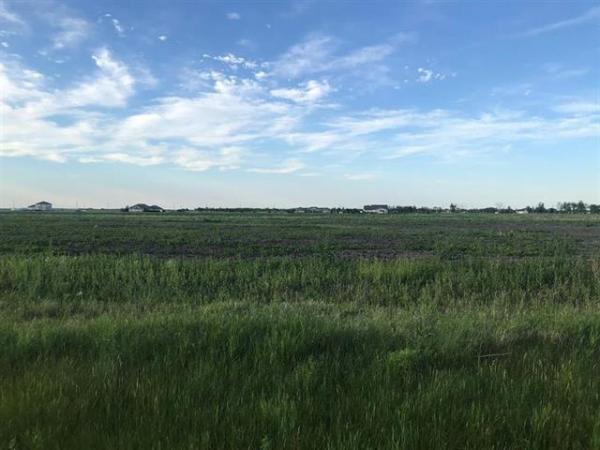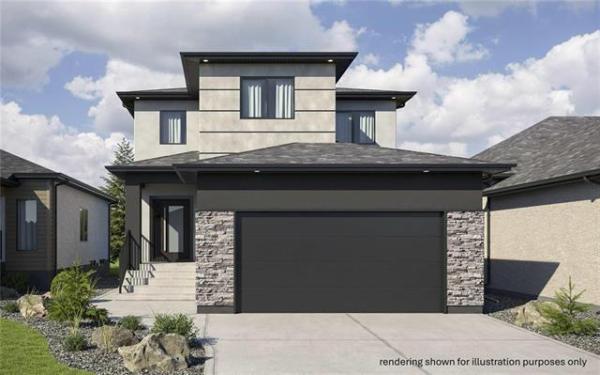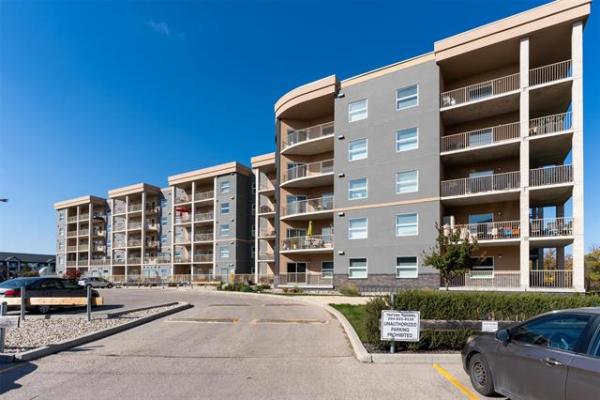Question: I am trying to help a friend with a leaky chimney, which is allowing spring run-off water into their basement. The house is about 50 years old and the masonry chimney is outside the main concrete foundation wall, which is about eight inches thick. The chimney has a metal liner with two, five inch capped clean-outs about three feet below grade level. The chimney is not being used because they have a new high efficiency furnace and a new electric hot water tank. The lower clean-out was leaking about 20 litres of water per day when we had the spring thaw last year. It has since stopped leaking because of the dry weather we are having. The owners say it has leaked ever since they had the furnace installed about five years ago, but only in the spring or when we have a heavy downpour of rain.
What would be the best way to seal this from the inside without removing the chimney? On the outside, there is a deck built right up to the chimney and around it on all sides. I have noticed they make a watertight roll-on paint along with using hydraulic cement. Would this work if we removed the lower pipe, or both pipes, sealed it with cement, and painted the inside wall with the watertight paint? Other suggestions would be helpful. Trying to contact foundation specialists has not worked to date.
Thank you, Robert Paluch
Question: About a year ago I had a new high efficiency furnace and rental water heater installed and both were vented to the outside through the basement wall and the chimney became unused. The top rain cap is the one originally installed many years ago, raised a few inches above the inner liner so it would block off rain that fell vertically, but I’m not sure if it completely blocks off any rain that is blown off the vertical plane by the wind. The entry to the chimney from inside was capped.
So, now when it rains I get some water leaking in from behind the water heater/furnace, which I can’t get at because of those two appliances. There seems to be some kind of opening in the wall behind the furnace/water heater which is capped off by a metal covering that is awfully rusty. I was wondering if during a rain storm whether water was entering the chimney at the top and dribbling down to the rusty cover plate and then seeping onto the floor? Could there be a pool of water at the bottom of the chimney, and when it rains this pool is elevated to reach the bottom of this covering, then onto the basement floor? There is no leakage unless it rains and the chimney is outside the house.
Can I drill a couple of holes into the masonry between the chimney bricks at the bottom, just above the foundation where the brick chimney starts? If there is a pool of water at the bottom of the chimney would it then drain to the outside and not rise up inside the chimney? The chimney is not used, so leaving these drill holes untended should not cause a problem, should it? I would appreciate your comments and your expertise as to whether I am off base.
Thank you, Arne Suutari
Answer: The similarities between these two questions will allow me to address them together and provide a solution that will suit both your homes. Unfortunately, simple solutions like those proposed will do little to stop the seepage and professional excavation and repairs below grade will be required to completely stop the water.
There are several concerns with older chimneys when they become redundant with the upgrades to high efficiency furnaces and water heaters. Because these components have a large hollow section running through the middle, air, pests, and moisture intrusion are a strong possibility. The moisture can often come in the top during wind-driven rain or snow, but that can be easily solved by replacing the older rain cap with a solid, sealed cap on the metal liner. This will keep out precipitation, but insulating the top of the chimney before capping may also help prevent cold air intrusion, as well. This same method should also be used to insulate and seal the bottom clean-outs inside the basement. Sealing both these areas with a can or two of blow-in foam and proper caps should prevent any moisture issues from condensation, inside the unused flues.
Once the proper sealing is complete, if water still comes in the basement periodically, it may have little to do with either condensation or blowing rain. In that case, the water is coming in from the soil around the portion of the chimney and foundation below grade. This appears to be happening in both homes. Whether the water is entering your homes through the older rusted clean-out cover, or simply through the foundation walls, the solution is the same.
All concrete and masonry structures in our homes that are below grade must be damp-proofed to prevent absorption of water. Especially clay brick chimneys, which are very porous, but concrete foundation walls will also suck up water from the surrounding soil. This may only be seen during heavy rains, or when the ground thaws and the snow melts in the spring, as in both your homes. The solution is simple, but may be somewhat difficult to achieve due to the deck in the first home. Digging down to the base of these areas to expose the entire surface below ground will allow for proper repairs. This may include patching any damaged bricks or filling any cracks or holes in the concrete, but the key is to replace the worn out damp-proofing. Sealing these leaky surfaces with a waterproofing membrane will stop the water from entering the basement.
Band-aid measures like drilling holes into masonry chimneys or spraying gunk on the inside of the foundation will not solve seepage issues from older chimneys, because the answer is further down.
Waterproofing the area below grade is the only permanent solution and calling a reputable foundation contractor to excavate and install a good quality membrane is the next step.
Ari Marantz is the owner of Trained Eye Home Inspection Ltd. and the past president of the Canadian Association of Home & Property Inspectors — Manitoba (cahpi.mb.ca). Questions can be emailed to the address below. Ari can be reached at 204-291-5358 or check out his website at trainedeye.ca.
trainedeye@iname.com



